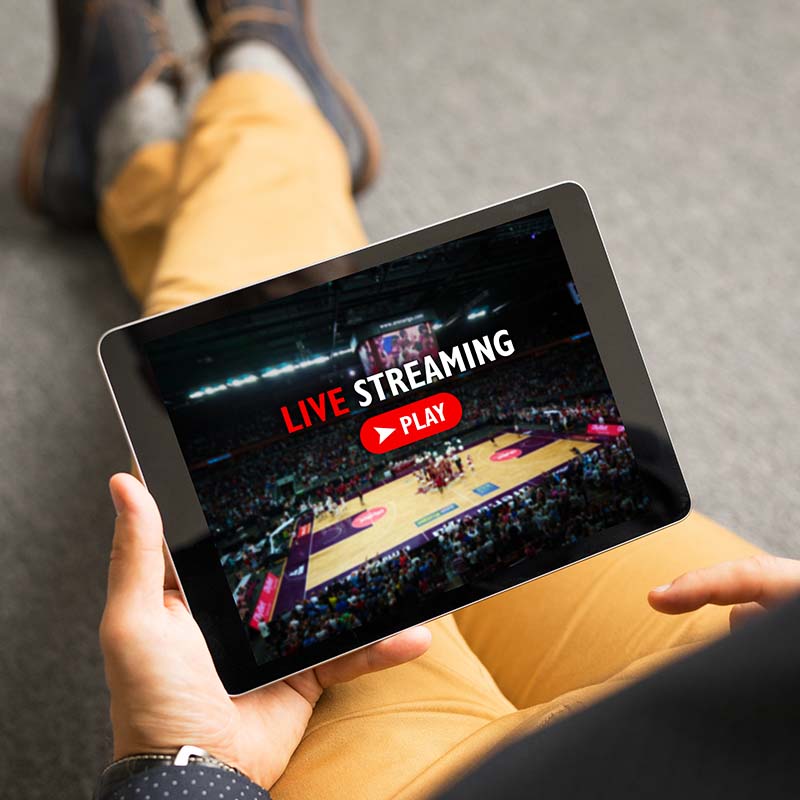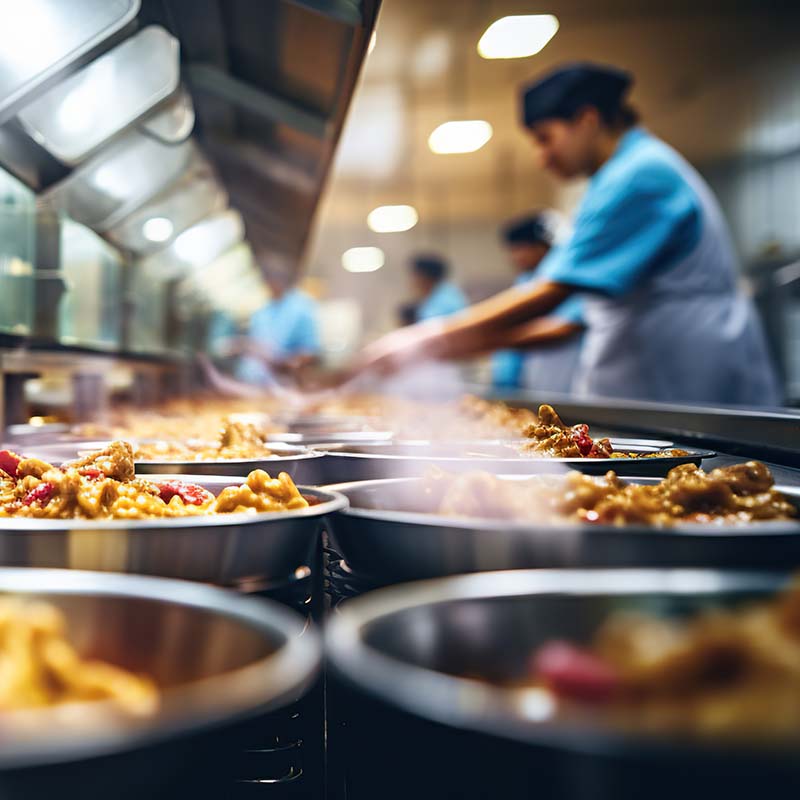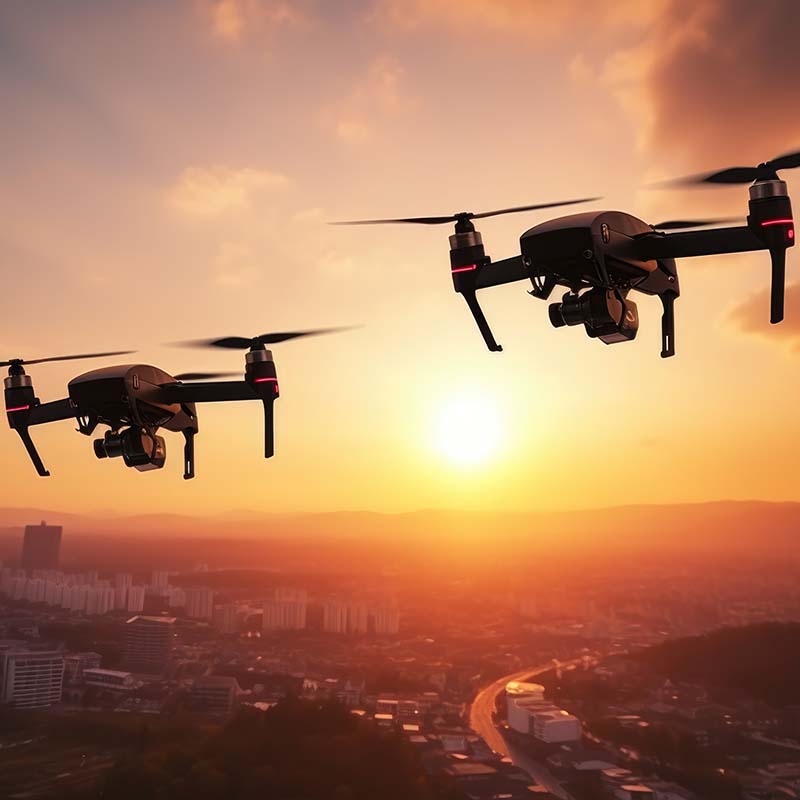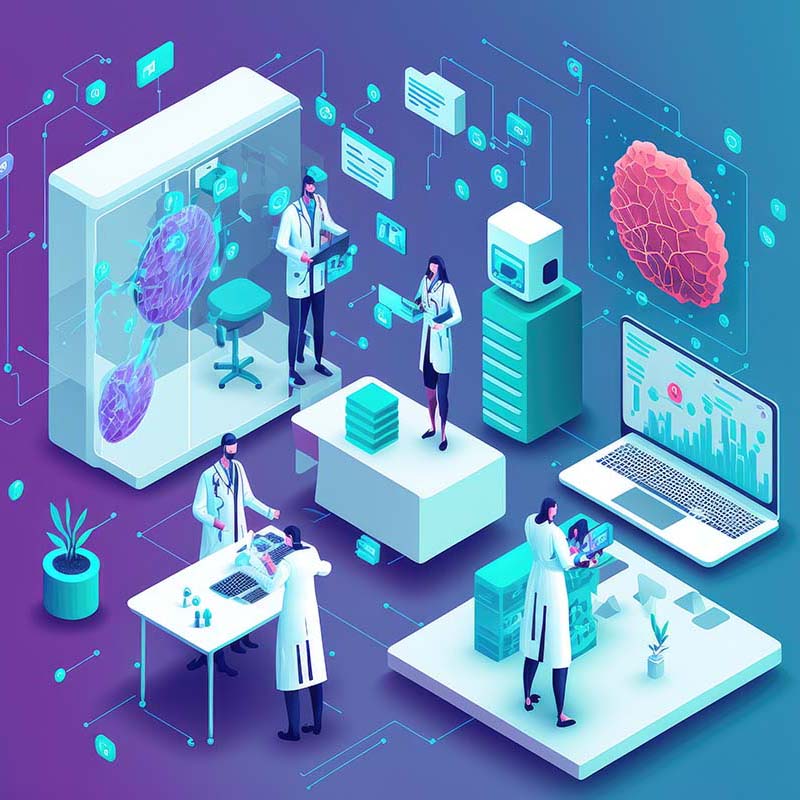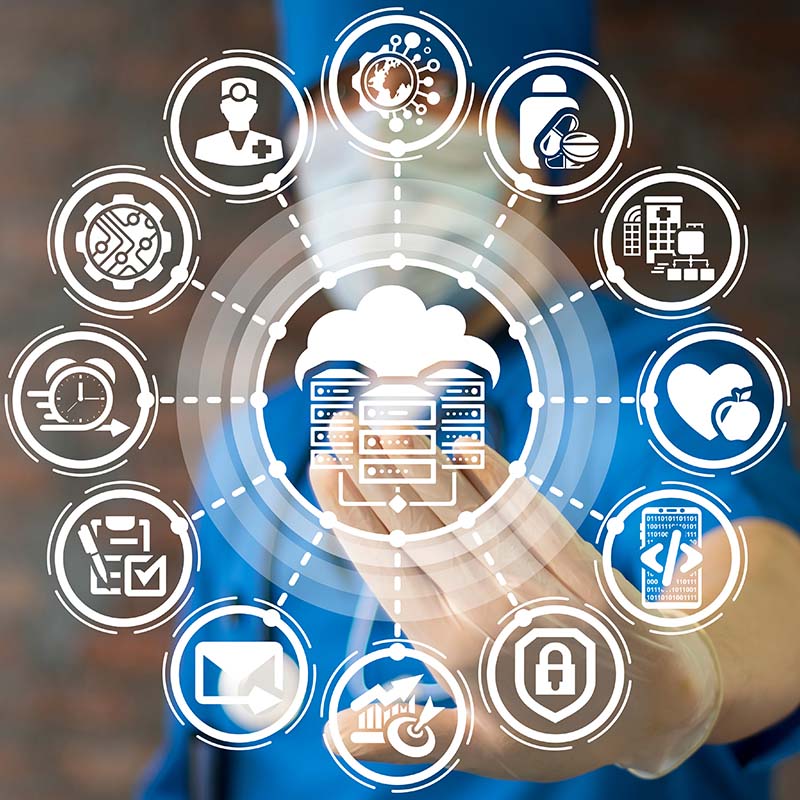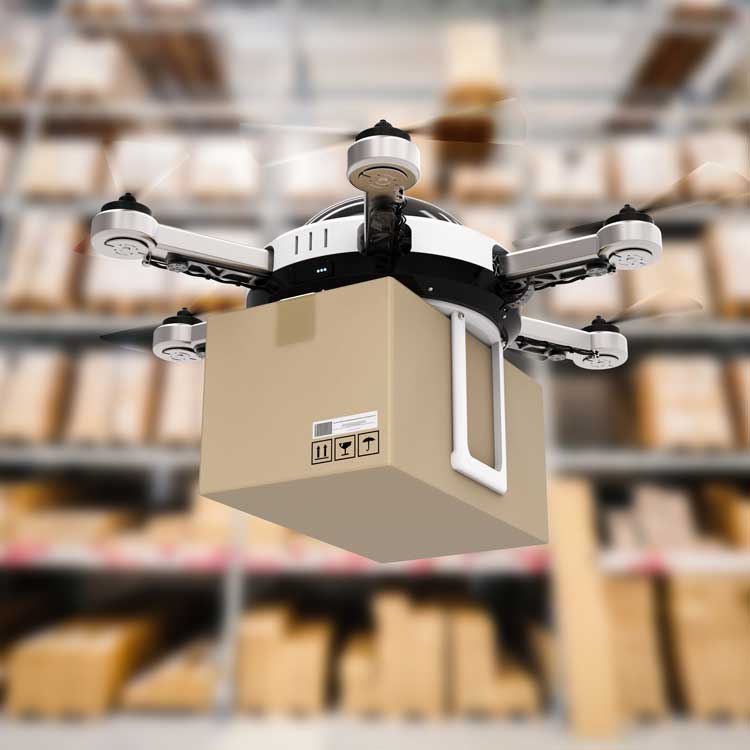For example, Quinn has seen smaller restaurant groups embrace data sharing as a means to collectively bargain with wholesale providers. Take companies like Simple, which has filled a crucial tech gap for independent restaurants that don’t have the time or know-how to monetize their data. It describes itself as a “marketplace and digital restaurant that streamlines the buying and selling process, using data at the core.”
“There are such little margins in this business that if technologies can knock one [percentage] point off [your costs] … it's material,” Quinn said. “New systems like Simple are tying together lots and lots of restaurants. The entire group will benefit from that network’s data as if they were larger providers. It allows them to go to suppliers and say, ‘Hey, can we get a discount?’ or pool together purchasing of garbage bags or food or whatever to cut costs.”
Quinn believes that sharing data and best practices using platforms like Simple will not only help independent restaurants survive the pandemic but also build a more collaborative industry in which to work after it’s over.
Ghosts, Robots Ready for the Dinner Rush
Less than a decade ago, the only place to find ghost kitchens and burger-flipping robots were in the poorly written plot of a low-budget science fiction film. In 2020, however, these once fantastic ideas are promising realities for the future of the restaurant industry.
Ghost kitchens — sometimes called virtual or dark kitchens — allow restaurateurs to cut costs by foregoing real estate, labor and dining room expenses in favor of small, focused operations that prepare food in shared commercial kitchens exclusively for delivery. Companies like UberEats use delivery data to help restaurants determine where market opportunities exist.
“When you take all of that data and you notice that delivery drivers have to go pretty far for Thai food, that means there's a market opportunity for Thai food — at least from a delivery perspective — in this region,” Quinn said. “So a company like Uber will encourage an investment in the area, and all of a sudden a ghost kitchen pops up that fulfills this demand that they realized was just outside of the convenience zone. Most people will just order because of that.”
In recent years, digital ordering kiosks and tablets also have become popular, and full robotic kitchens might not be far behind. This fall, for example, White Castle will deploy Flippy, its first robotic fry cook. Halal Guys and Applebees, meanwhile, are in the early stages of testing DrinkBot, a robot that mixes pre-set beverages in just 20 seconds. Even autonomous delivery robots have hit the streets in big cities and college towns across America.
In a recent study, researchers at Ball State University found that many restaurant owners are open to exploring robotic solutions to cut rising labor costs. Dina Marie Zemke, an associate professor and one of the study’s lead researchers, said that many focus groups she spoke with viewed robots in hospitality as inevitable. And they may be right, as the study found that robotic technologies not only cut costs but also attract customers.
“At this point, a lot of people have a positive impression of robotic technology that entices guests to visit the location at least once, although they were unsure whether the robotics would sufficiently overcome average food or service to entice them to return to the restaurant a second time,” Zemke said in a press release.
“This is consistent with past examples of restaurant concepts that provided a highly unique experience but suffered from the reputation that the guest would visit once because of the ‘experience’ but would not return because the food was too expensive and/or the food quality or service provided a poor value overall.”
Ultimately, innovations like delivery, big data and robotics will help push the restaurant industry forward, Quinn said, and help diversify revenue streams for every type of restaurant — big and small.
However, the National Restaurant Association is working hard to get diners back into their favorite restaurants and ensure a safe environment for food service workers.
Concluded Quinn, “We … work very diligently to preserve jobs, and to lobby for a safe return to the restaurants we all love.”





